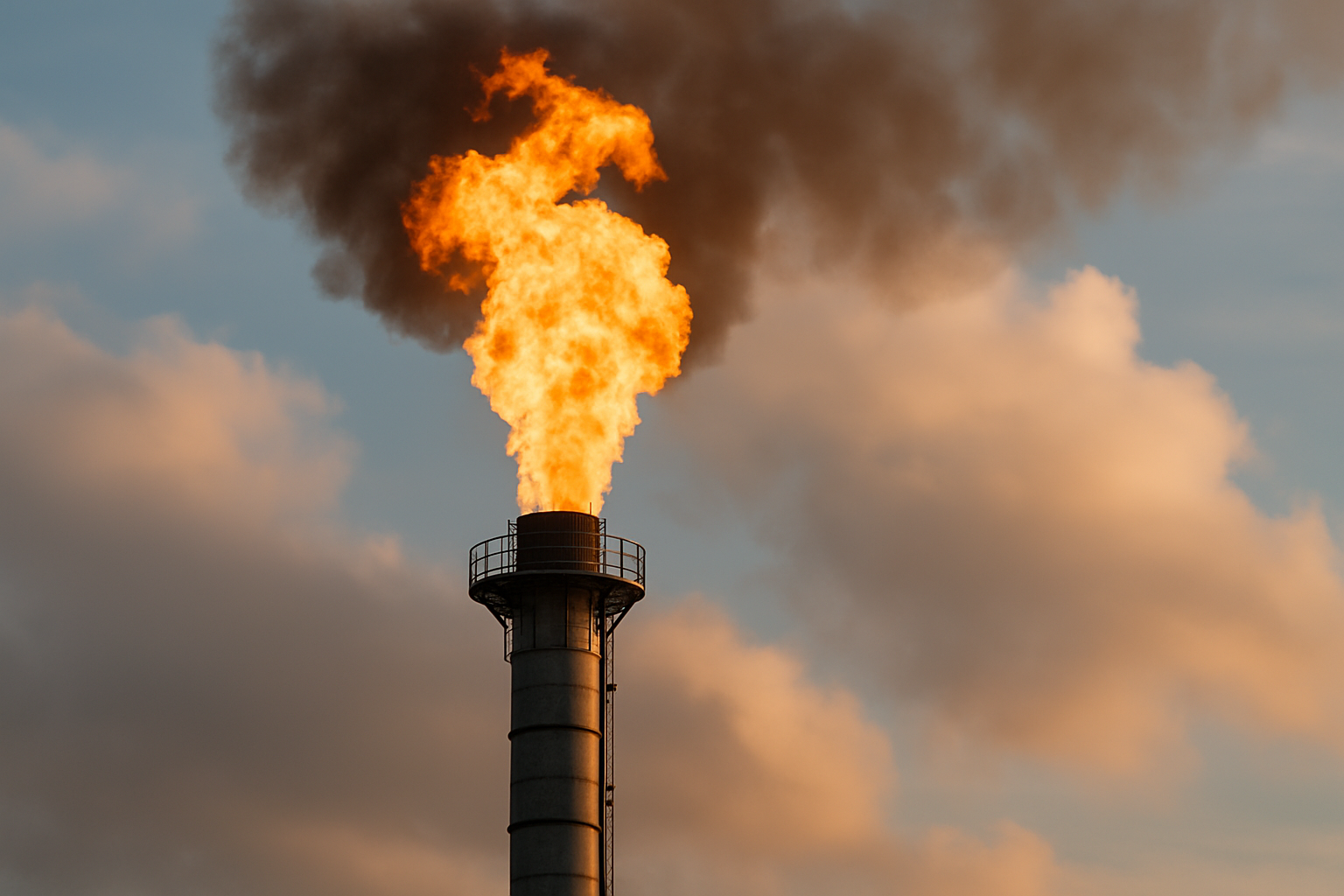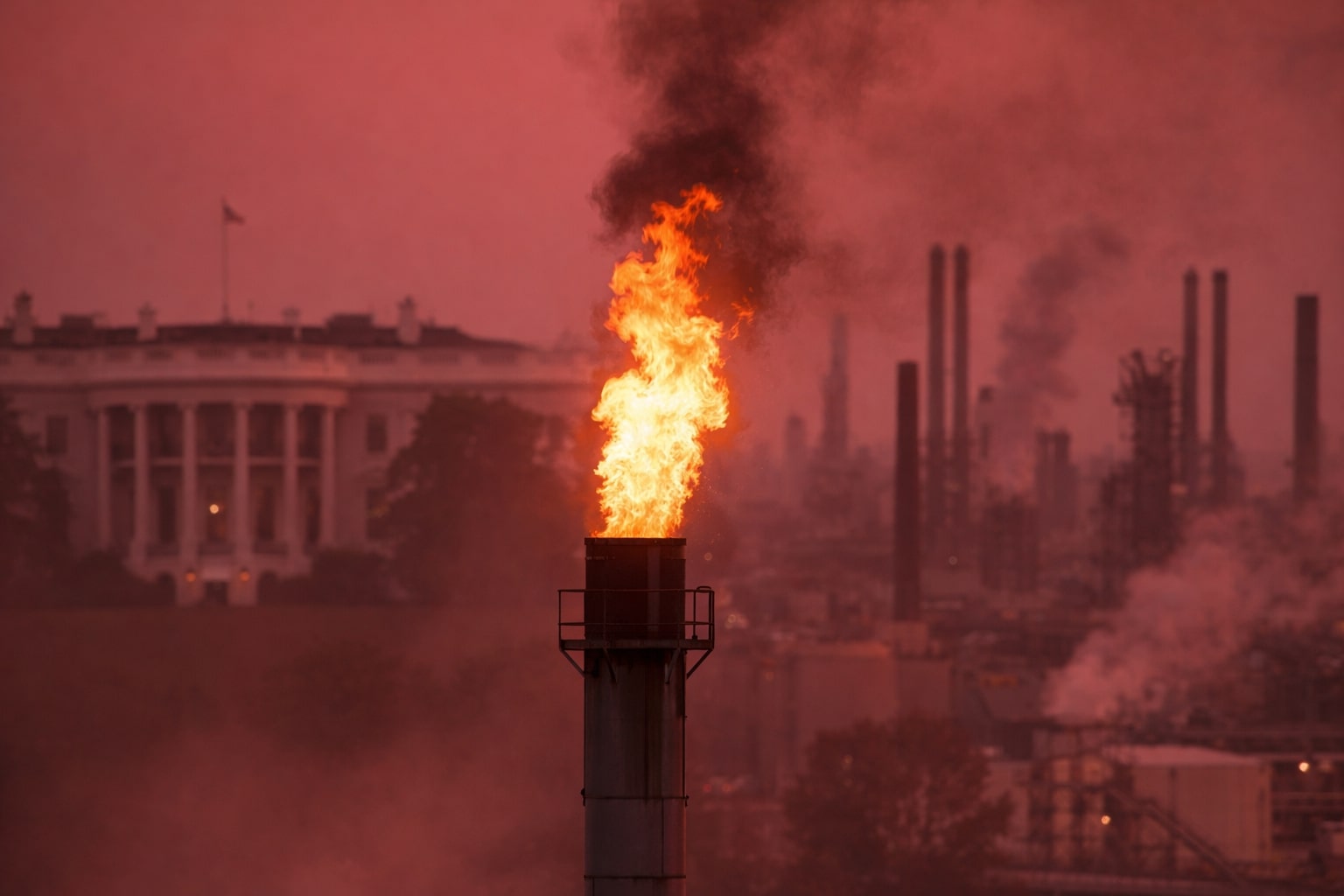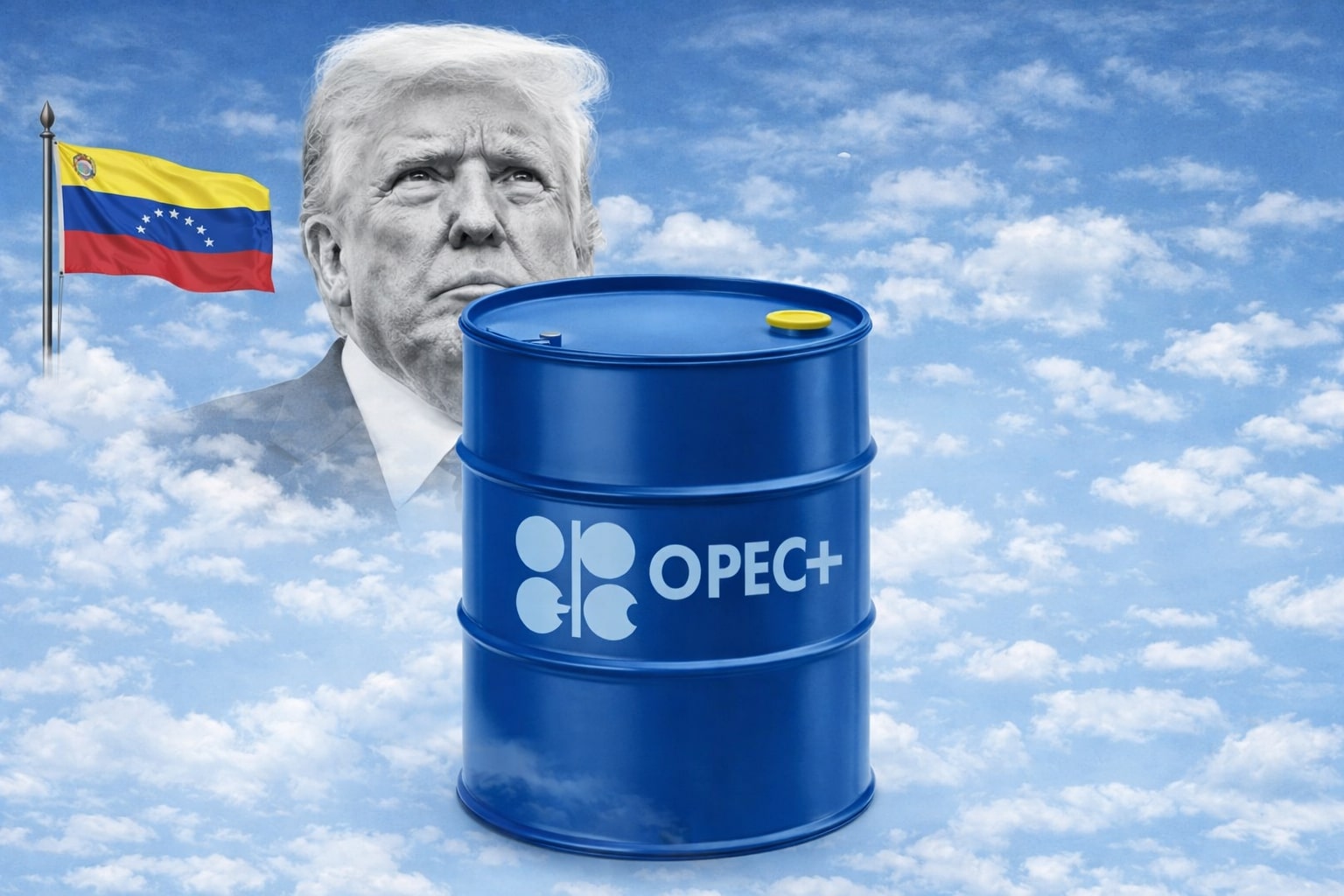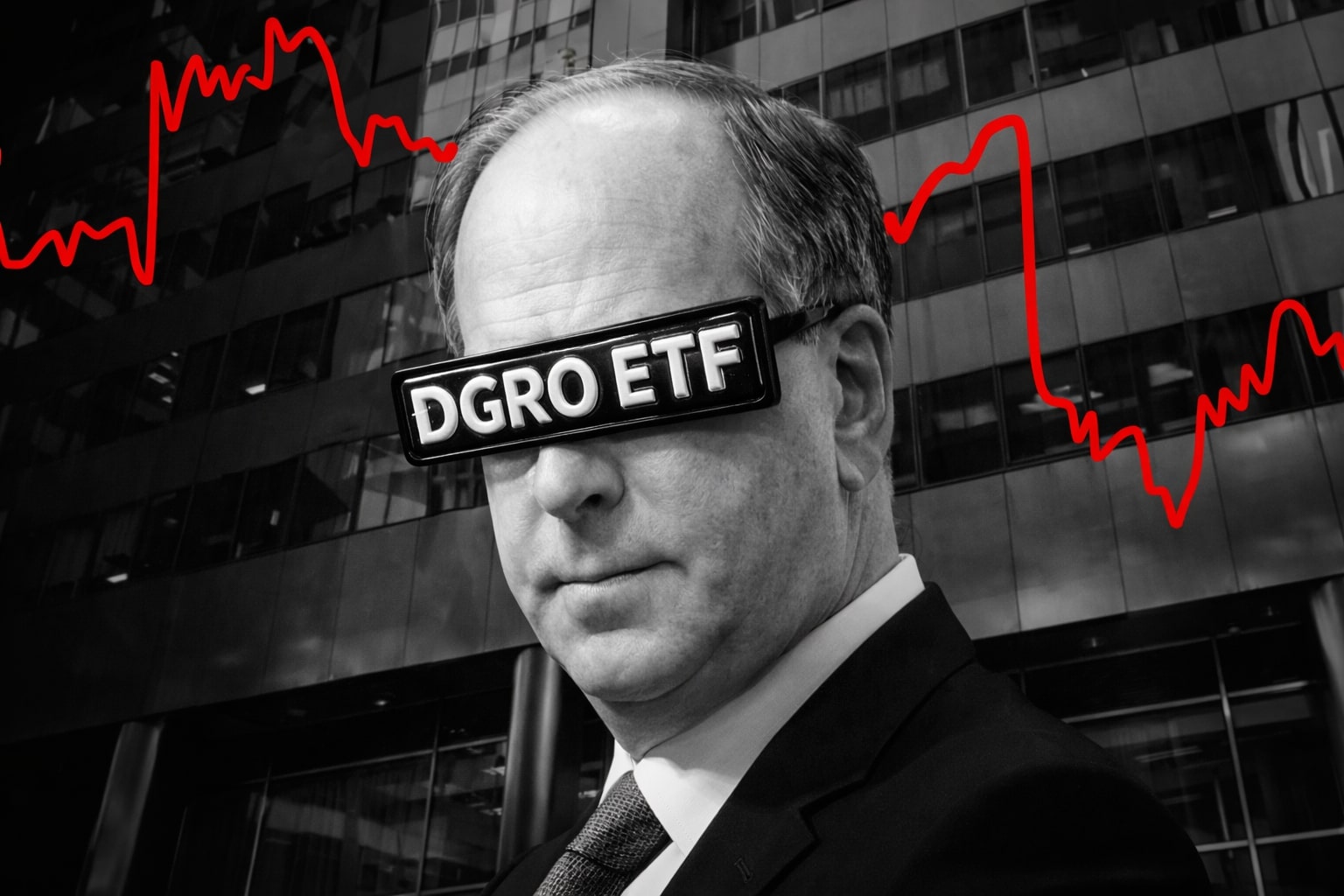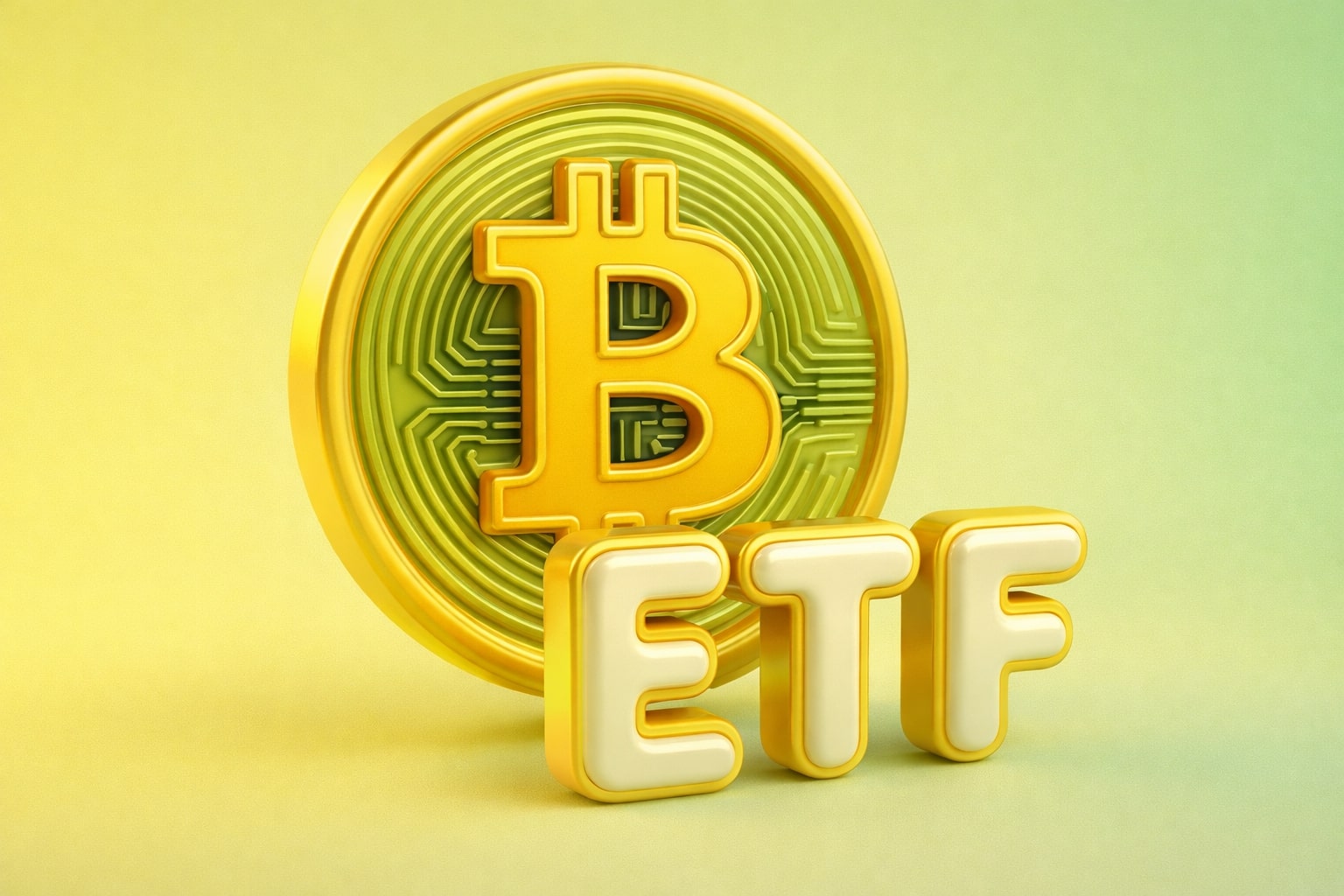Natural Gas Market Dynamics: Key Drivers and Future Outlook
Understanding the Performance of Natural Gas Prices in the Current Market
Natural gas prices have been significantly impacted by a variety of economic factors, geopolitical influences, and shifting demand patterns. The price of natural gas, specifically in the spot market, has shown fluctuations driven by the underlying supply-demand dynamics. For example, on May 11, 2025, the price of natural gas for the Turkish market was reported at 13,828.10 liras per 1,000 cubic meters, with the cumulative trade volume amounting to approximately 370,000 cubic meters. In terms of the broader international market, natural gas futures have seen notable upticks, with the price reaching $3.621 per mmBtu on May 8, 2025, representing a 4.6% increase as optimism about LNG feedgas flows recovering contributed to the price rise.
In terms of global outlook, prices have been supported by factors like improving weather conditions, which have spurred demand in some key markets, especially in the U.S. and Europe. The trade volumes in the U.S. futures market, for instance, have also risen with expectations of larger-than-anticipated injections into storage due to more moderate weather patterns, signaling a sustained, albeit cautious, price rise.
Geopolitical Developments and Their Impact on Natural Gas Prices
The influence of geopolitical events cannot be overstated when analyzing the movements in natural gas prices. For instance, ongoing trade talks between the U.S. and China and the possibility of an easing of tariffs have fueled market optimism. Any significant trade deal that results in reduced geopolitical risk could dampen the demand for safe-haven assets, including natural gas. These talks, along with potential changes in the trade policy from the U.S., have created market uncertainty but also injected a sense of cautious optimism in the natural gas sector.
Additionally, European gas prices have fluctuated due to the anticipation of Russian import phase-outs and competition from Asia’s liquefied natural gas (LNG) demand. The benchmark Dutch TTF contract, which is considered a primary indicator for European natural gas, showed a slight decrease by 0.2% after its notable rally in early May. These fluctuations are closely tied to the ongoing European Union’s plans to phase out Russian imports, which may cause ripples in the energy market, potentially increasing natural gas prices due to the supply crunch and competition.
U.S. Natural Gas and Future Prospects: Impact of the EIA Report
The U.S. market, which is increasingly self-sufficient in terms of natural gas production, is witnessing a period of steady growth. According to the Energy Information Administration (EIA), the U.S. produced a record high of 37.8 trillion cubic feet of natural gas in 2023, a 4.3% increase from the previous year. This has been driven by horizontal drilling and hydraulic fracturing, especially in shale and tight geologic formations such as the Hosston and Travis Peak formations along the Gulf Coast.
In these formations, the U.S. Geological Survey has identified substantial undiscovered natural gas reserves, adding to the already considerable production capacity. Estimates suggest that these formations contain 35.8 trillion cubic feet of technically recoverable natural gas. The impact of these discoveries is expected to be felt for years, with analysts predicting that they could significantly influence both domestic and international supply.
Natural Gas and the Global Market: The Role of LNG in Asia and Europe
The role of liquefied natural gas (LNG) is pivotal to the broader dynamics of the natural gas market. The recent increase in LNG flows, particularly from Malaysia and the recovery of Chinese demand, has bolstered natural gas prices, especially in the Asian markets. These dynamics are compounded by ongoing concerns regarding global energy security, with natural gas being a key player in the energy transition.
In Europe, the competition for LNG from Asia has further impacted prices. As the EU looks to phase out Russian gas, the shift toward LNG imports from the U.S. and other non-Russian suppliers becomes more critical. On the supply side, LNG terminals and infrastructure developments are in focus, with the European market trying to balance between maintaining storage levels and securing new supplies from alternative sources. This shift is expected to create further volatility in natural gas prices, especially if Asian demand rises again due to increasing consumption from China and Japan.
Demand-Side Dynamics: Weather and Seasonal Variations
Seasonal demand remains one of the most significant determinants of natural gas prices. The forecast for summer heat in the U.S. is likely to impact both the demand for natural gas and its price. As air-conditioning demand rises, especially during hot summer months, natural gas consumption typically spikes. The prospect of higher-than-usual summer temperatures could lead to increased usage, putting pressure on storage facilities and driving up prices in the short term.
Additionally, the U.S. Energy Information Administration’s (EIA) upcoming CPI and PPI reports, along with Powell's speech regarding interest rates, will play an essential role in shaping expectations for the natural gas market. The impact of inflation on natural gas prices could be considerable, especially as geopolitical tensions and trade dynamics continue to shape global energy markets.
Natural Gas Futures and Investment Outlook
Looking at the futures market, natural gas has shown promising growth in 2025. As of May 8, 2025, natural gas futures settled at $3.621 per mmBtu, indicating a 4.6% increase. With the U.S. Federal Reserve keeping interest rates steady, and continued uncertainties in global energy markets, there is potential for natural gas prices to continue rising, especially if weather patterns and geopolitical conditions align favorably. A tightening supply-demand balance, particularly in Europe and Asia, also supports the bull case for natural gas over the near term.
However, there are risks to the upside. Any change in U.S. trade policy or a resolution in the U.S.-China trade negotiations could quickly dampen bullish sentiment, particularly if the market anticipates reduced demand for energy as a result of a global economic slowdown or improved trade relations.
Conclusion: Is It Time to Buy, Sell, or Hold Natural Gas?
The current market environment for natural gas presents a complex set of opportunities and risks for investors. The recent rally in natural gas prices, driven by both domestic production growth and increasing demand for LNG, has created a favorable short-term outlook. However, the longer-term picture remains uncertain due to potential global supply chain disruptions, geopolitical tensions, and the impact of U.S. trade negotiations.
Given the robust fundamentals in terms of both supply and demand, and the geopolitical uncertainties that continue to fuel safe-haven demand, natural gas remains an attractive asset for those looking for exposure to the energy market. At present, investors may consider holding or buying on dips, particularly as demand spikes in the summer months, but should remain cautious of the potential downside risks associated with geopolitical developments and changing macroeconomic conditions.
Ultimately, natural gas presents a high-reward, high-risk investment opportunity in 2025, with substantial potential for growth in the coming months. However, market participants should stay alert to the broader economic conditions and adjust their strategies accordingly.














